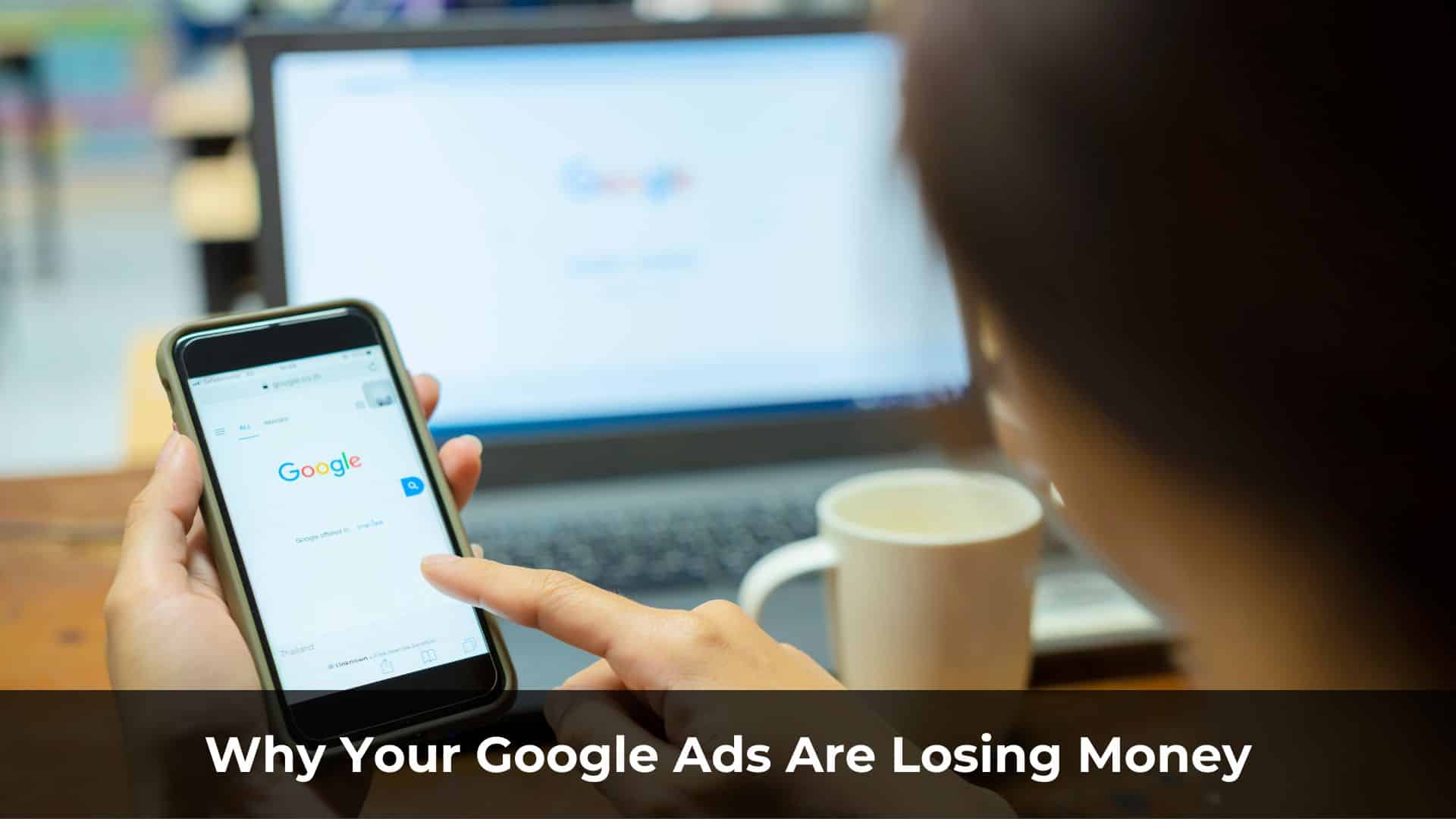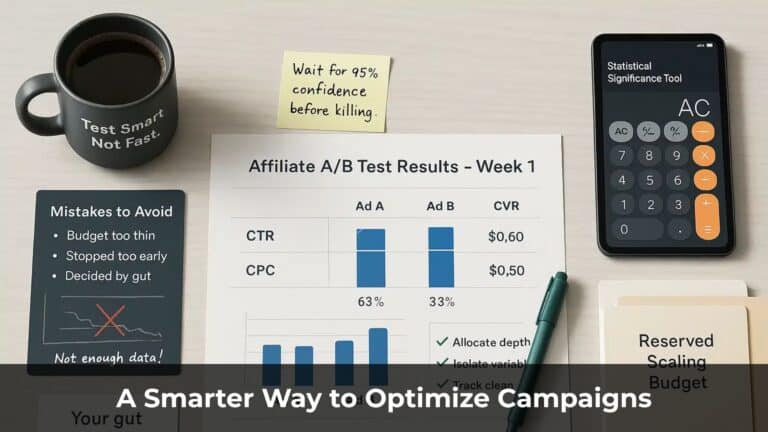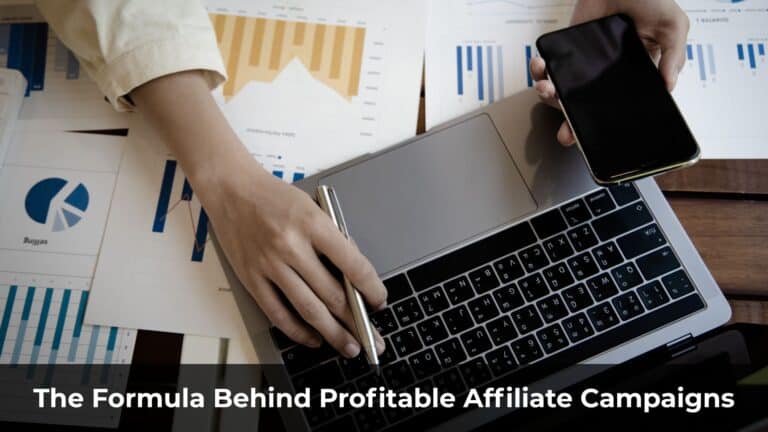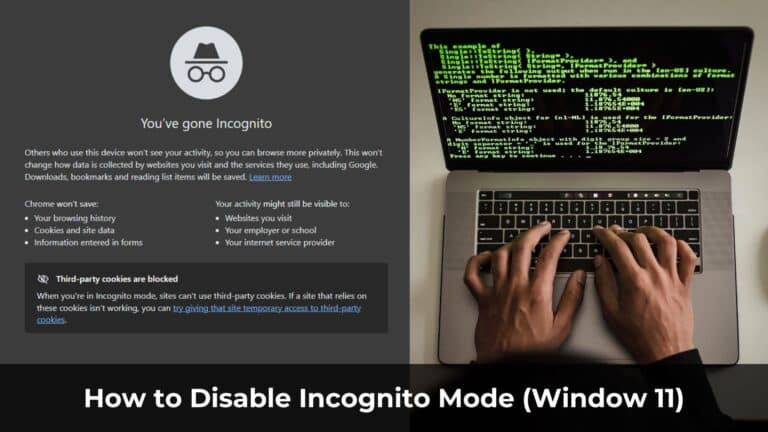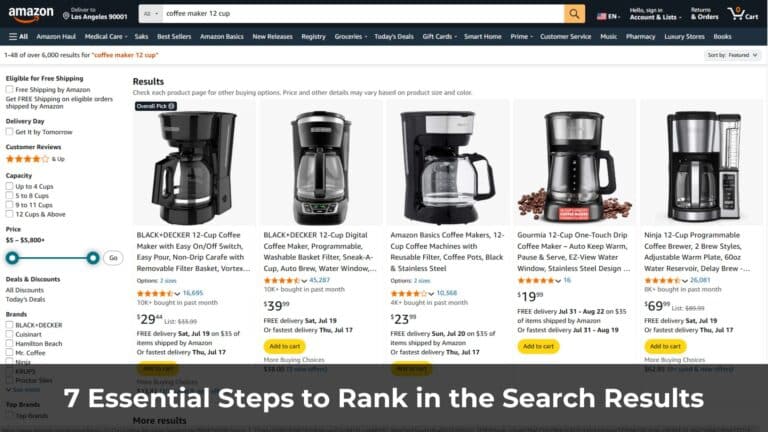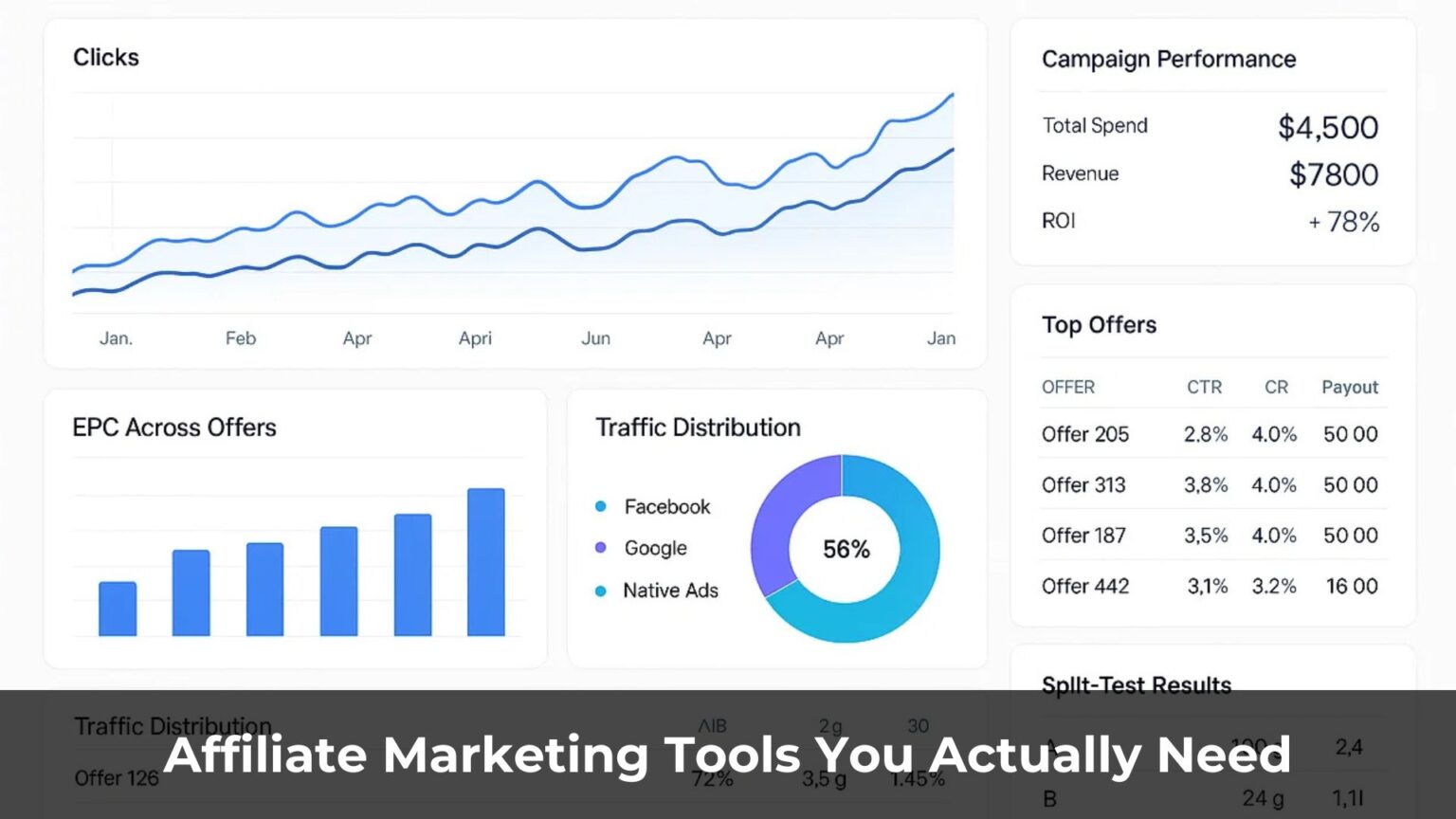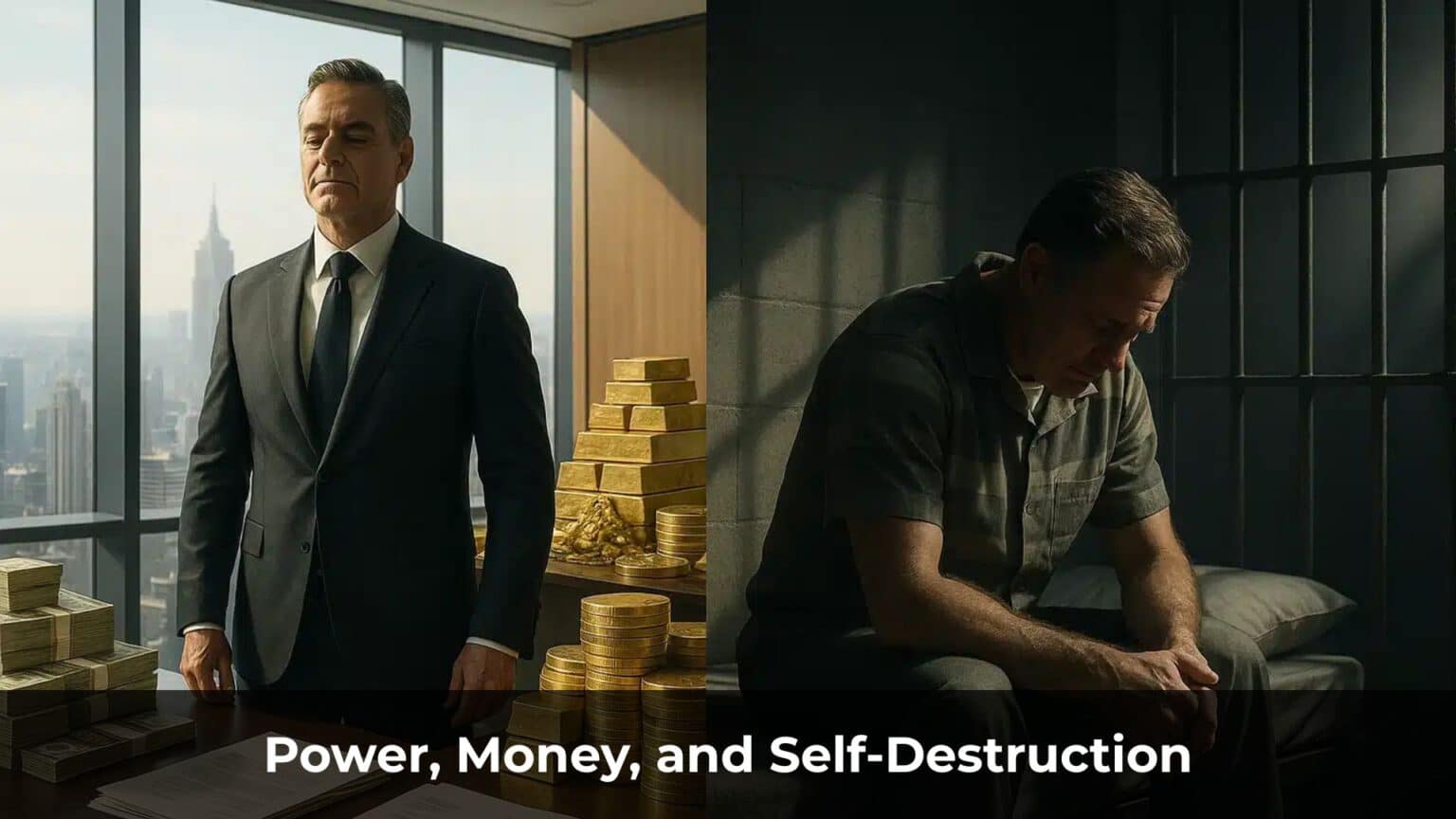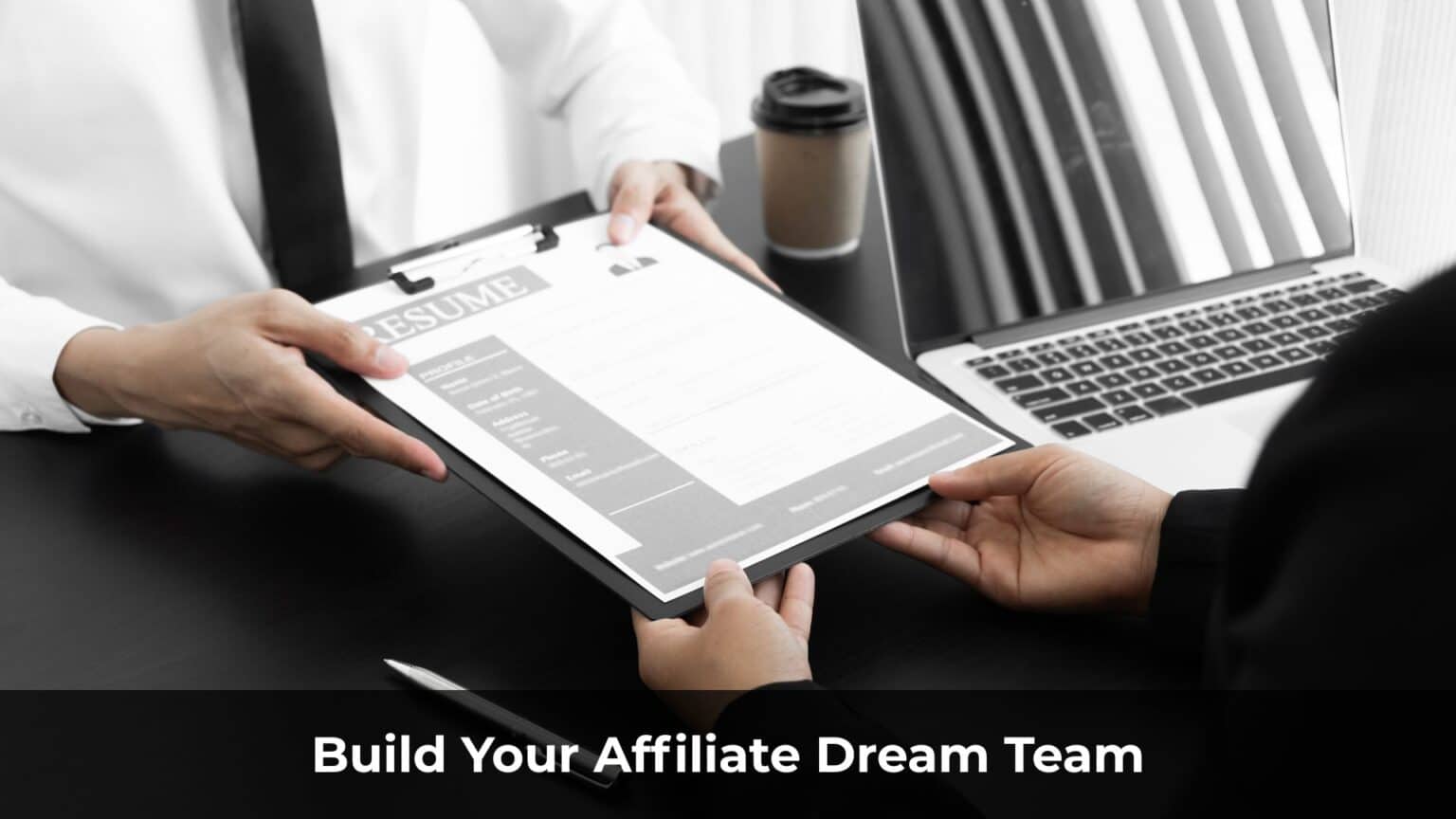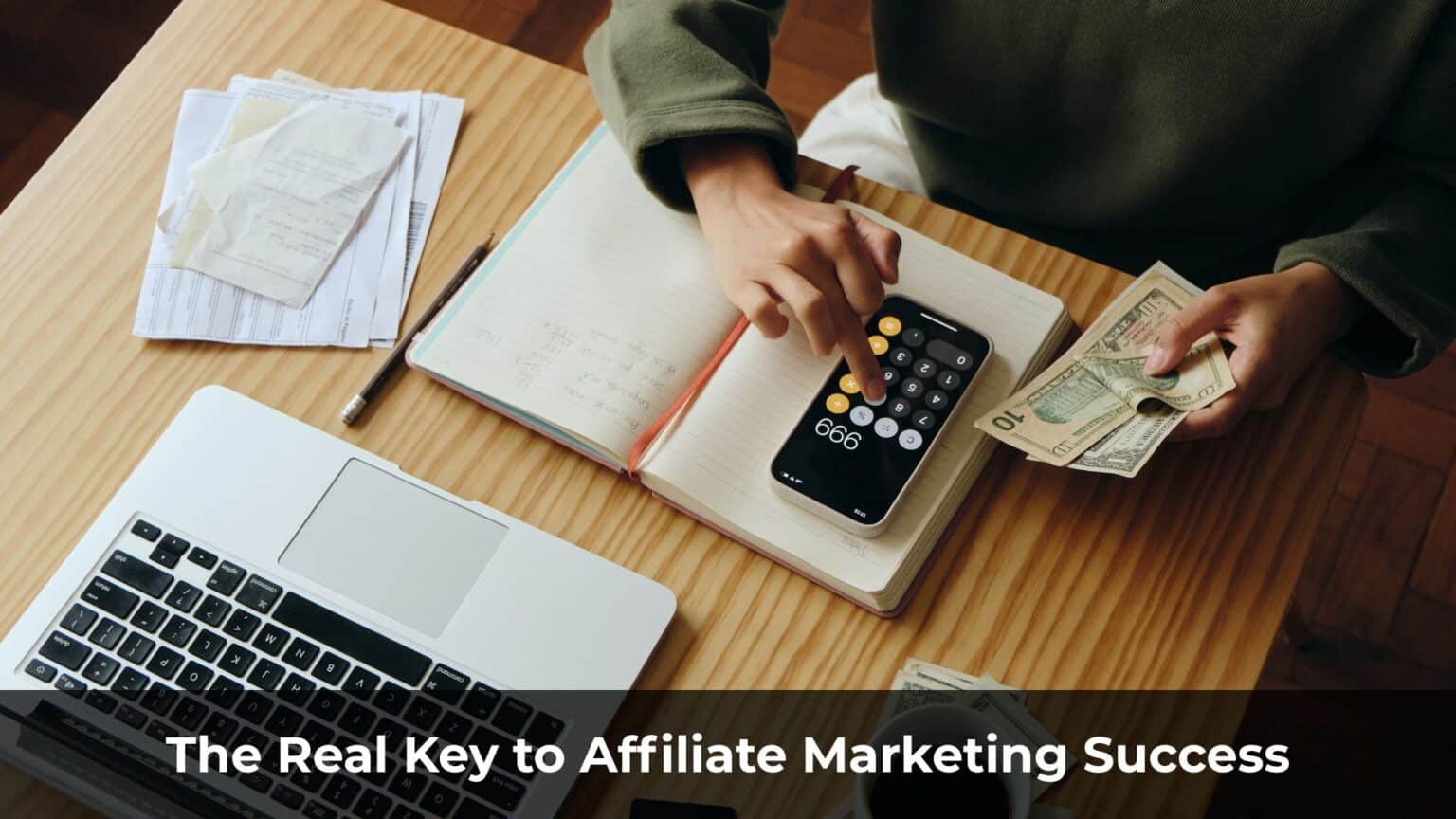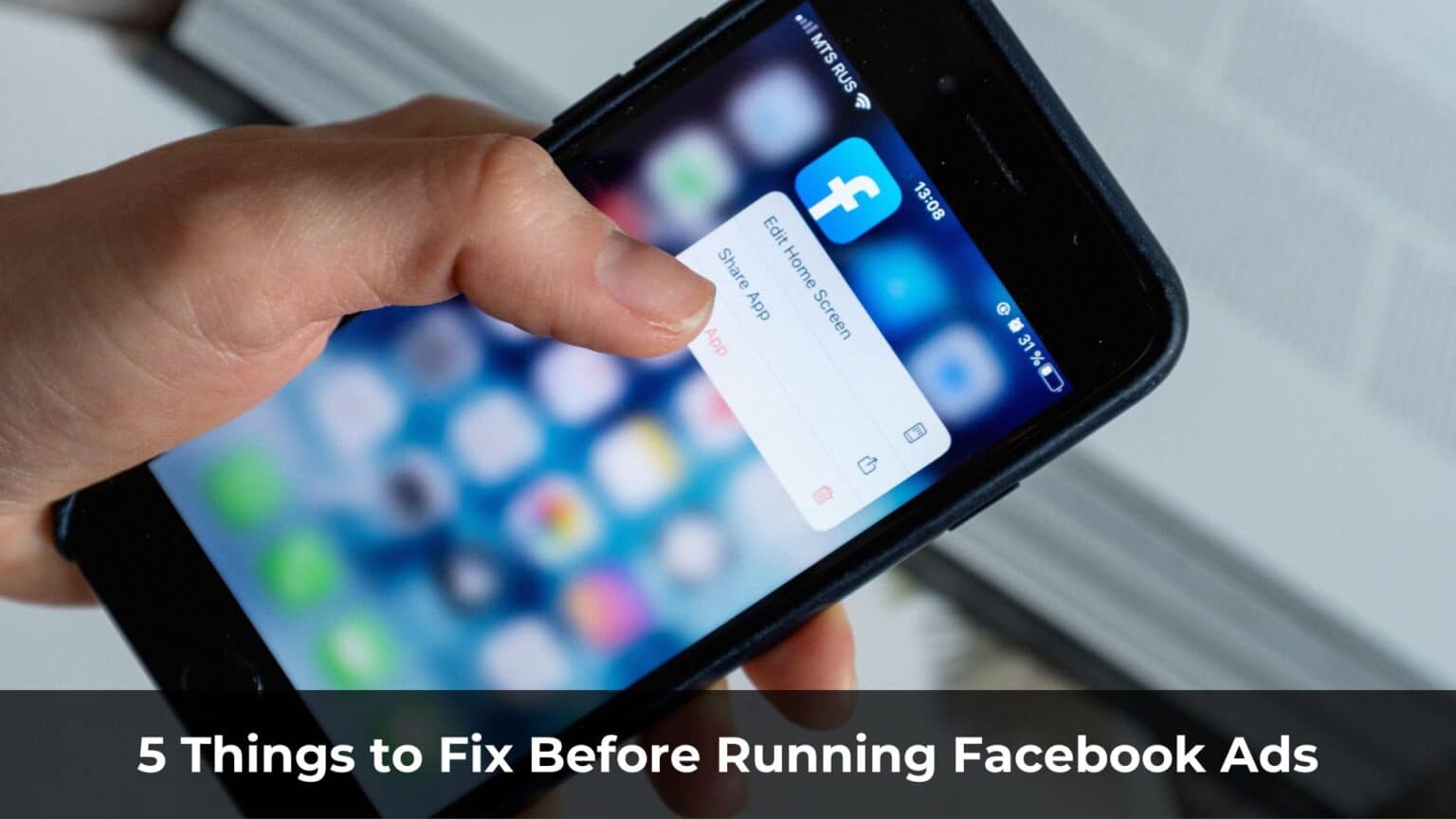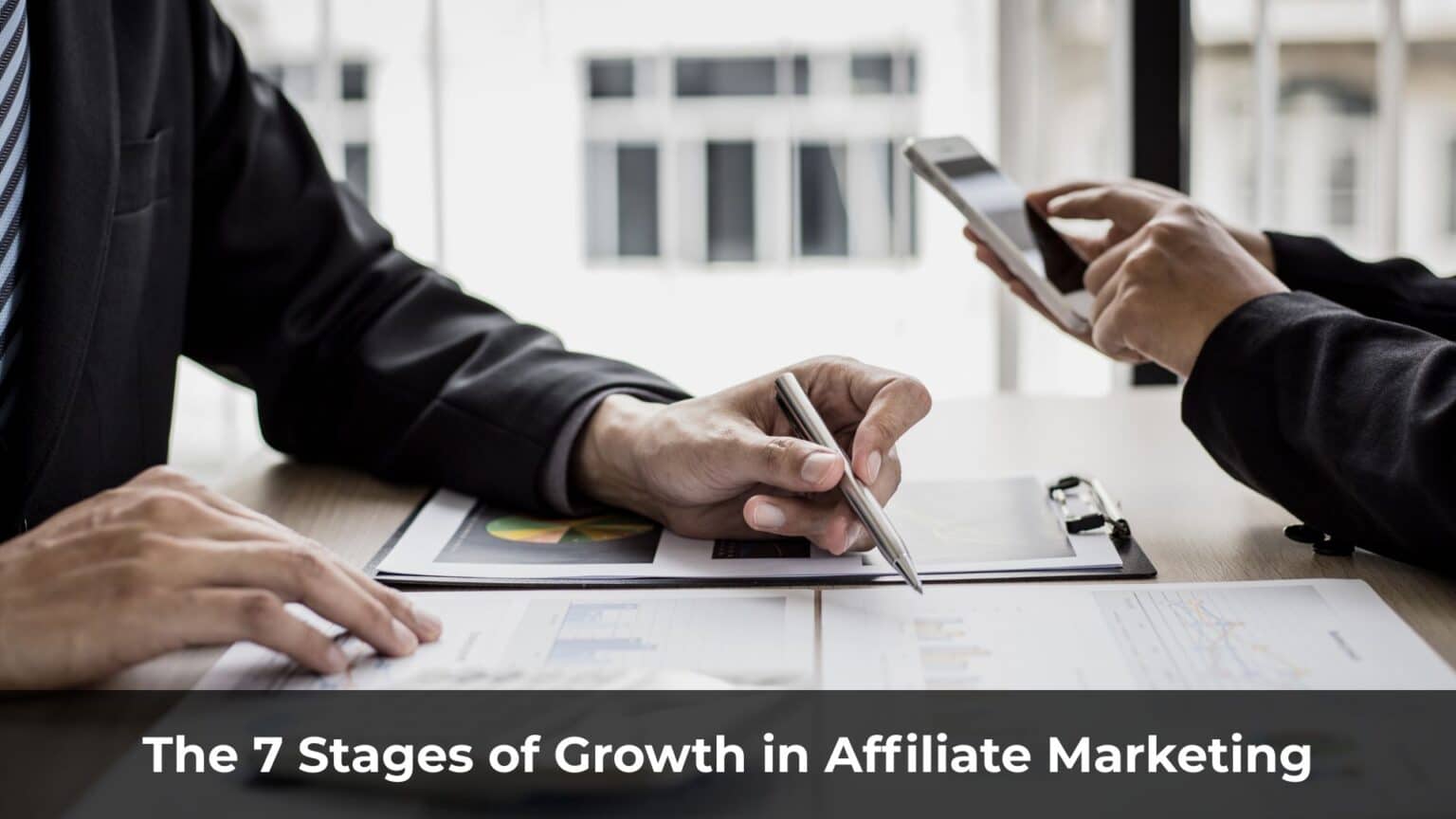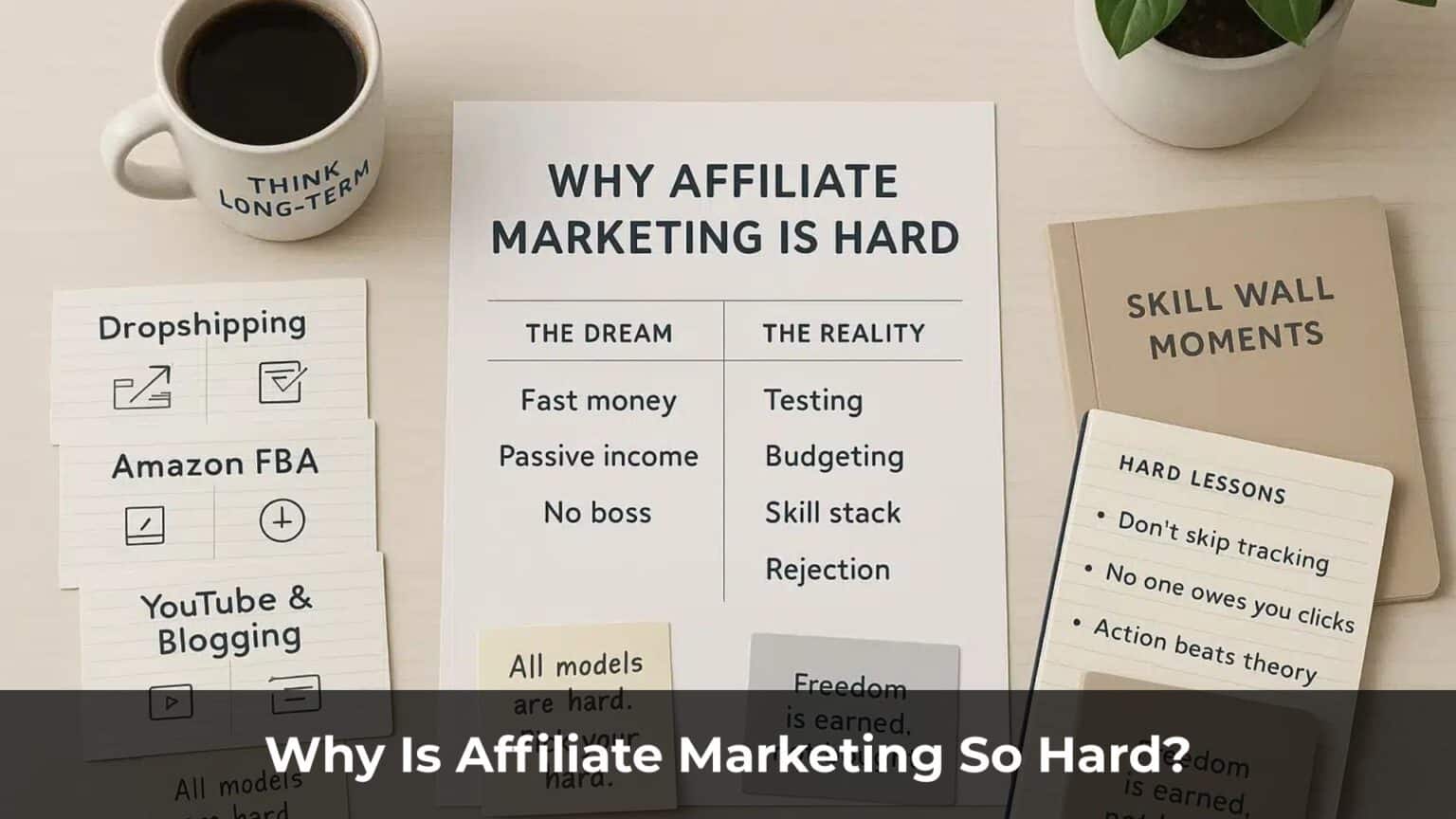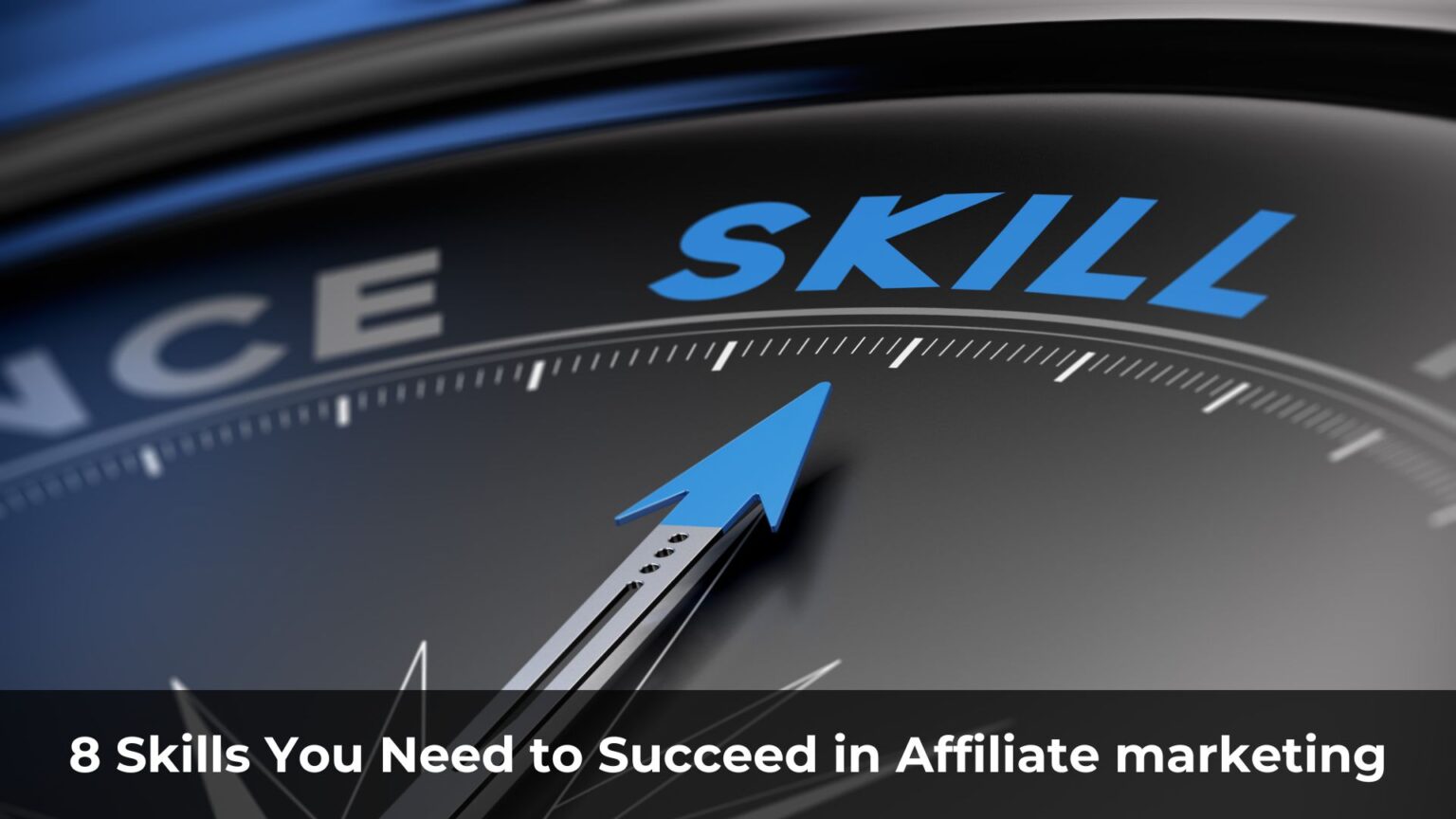Everyone thinks they just need a good ad, the right keywords, and some budget. Clicks come in, customers follow — easy, right?
But here’s the truth nobody tells you:
Google doesn’t care if your ads make money.
In 2024, Google made over $260 billion, most of it from advertisers who never saw a profit.
Let that sink in.
According to industry data, 8 out of 10 marketers are losing money on Google Ads right now. They’re not beginners. Many of them followed the playbook:
- Solid targeting
- Clean ad creative
- A strong offer
- Best practices from top blogs
But the results? Still disappointing.
That’s when the spiral begins:
You tweak the headline. Then the image. Then the CTA button. You change the price. Rewrite the copy. Switch the audience. Lower the bids. Tweak the landing page.
And still… nothing moves the needle.
At this point, most people blame themselves:
“Maybe I’m just bad at this.”
But the real issue isn’t your skills.
It’s the part nobody taught you.
There’s one critical factor that separates profitable campaigns from money burners — and it has nothing to do with your ad settings.
We’ll get to that next.
Table of Contents
ToggleThe Real Problem Lies After the Click
Let’s get one thing straight: your ads might not be the issue.
You can have great targeting. A solid offer. Clean creatives. Even follow every “best practice” in the book.
And still lose money.
That’s because most advertisers are trying to fix the wrong thing. They tweak headlines, test new images, change the CTA, rewrite copy, lower prices, switch audiences — all inside the Google Ads dashboard.
But the truth is, if you’re not making a profit, it’s usually not because of what happens before the click.
It’s what happens after.
Imagine someone clicks your ad. That click costs you $5. They land on your website.
What happens in the next 8 seconds determines everything.
If the page is confusing, slow, untrustworthy, or simply doesn’t feel right — they bounce. You just paid $5 for nothing. Now multiply that by hundreds or thousands of clicks, and you’ll understand why so many campaigns bleed money.
Here’s the math most marketers ignore:
- Scenario A: $5 per click, 2.3% conversion rate
→ That’s $217 to acquire one customer. - Scenario B: $5 per click, 10% conversion rate
→ Now you’re paying just $50 per customer.
Same ad. Same targeting. Same audience. The only difference? The landing page experience.
And that difference isn’t small — it’s the difference between running a business and running in circles.
Stop Blaming the Ads. Start Fixing the Funnel.
When 97 out of 100 people leave without buying, the issue isn’t your targeting.
Your ads did their job — they got the right people to click.
But if your website fails to convert that attention into action, you’re not running a marketing campaign. You’re just lighting money on fire.
Profit doesn’t happen at the click.
Profit happens in the 8 seconds that follow.
Most Campaigns Fail Because of Broken Funnel Economics
Let’s get real.
Most marketers think fixing a losing campaign means tweaking the ad — change the headline, adjust the targeting, lower the bid, switch the CTA. But all of that is just noise if you’re sending traffic to a funnel that can’t convert.
Here’s the brutal math most people ignore:
If your landing page converts at 2.3%, and you’re paying $5 per click, you’re spending $217 to get one customer.
Now imagine your competitor has a better funnel. Same $5 click. But their funnel converts at 10%. They’re paying just $50 per customer.
They’re not getting cheaper traffic.
They’re getting more out of the same traffic.
This is funnel economics — and it changes everything.
- Business A sends traffic straight to a basic product page. No follow-up. No upsells. No email capture. 2% conversion rate if they’re lucky.
- Business B runs a real funnel. Multi-step experience, lead capture, smart remarketing, upsells, multiple payment options. Converts 8–10% of visitors.
Both are buying the same traffic. But Business B can:
- Acquire customers for 75% less
- Outbid competitors in every auction
- Reinvest profits to scale faster
The engineered funnel doesn’t just win — it dominates.
Because once you understand this, you stop playing the CPC game.
You stop trying to pay less per click.
Instead, you focus on extracting more value per click.
That’s how winning campaigns are built — not by tweaking ads, but by engineering everything that happens after the click.
Why Most Data You Look At Is Lying to You
You might think your ads are failing because the numbers say so. But here’s the catch: the numbers you’re looking at are lying — or at least, they’re telling an incomplete story.
Let’s say you run a Google ad and someone clicks but doesn’t buy. You mark it as wasted spend. That one click looks like a loss.
But here’s what actually happens more often than you think:
- The visitor leaves, but remembers your brand.
- Three days later, they Google your business directly and make a purchase.
- Two weeks later, they come back and buy again.
- A month later, they refer a friend who becomes your highest-value customer.
Meanwhile, inside your Google Ads dashboard? That original click still shows as a failure.
The Most Profitable Customers Don’t Buy on the First Click?
After analyzing thousands of customer journeys, we found a clear pattern: the best buyers rarely convert on the first visit. In fact, most customers touch your brand 6 to 20 times before making a purchase.
But most marketers only give credit to the “last click.”
That’s like giving the quarterback all the credit for a touchdown, while ignoring the entire team that moved the ball down the field.
So what do you do?
You log into your Google Ads account, see a 2% conversion rate, and think:
“These ads aren’t working.”
But the truth is:
Those ads might be responsible for 50%, 70%, or even 90% of your total revenue. You’re just not connecting the dots.
The 9 Conversion Factors Behind Profitable Google Ads Campaigns
While most marketers keep tweaking their headlines, targeting, or bid strategy… the top 20% are building something entirely different.
They’re engineering what happens after the click.
Here are the 9 conversion factors we found across the most profitable campaigns:
Funnels, Not Just Landing Pages (59.9%)
Sending traffic to a single-page offer is what most people do. But high-performing campaigns use multi-step funnels to increase customer value.
If someone buys dog food, they’re offered dog toys. If they buy face wash, they see vitamin C serum. That’s how they double or triple revenue without increasing ad spend.
Multiple Payment Options (58.2%)
Fewer payment choices = more friction. Top marketers offer PayPal, Apple Pay, Google Pay — not just a single credit card form.
One of our software clients added PayPal and saw an 18% jump in conversions overnight. Friction removed is money gained.
Email Sequences for Non-Buyers (47.9%)
Most people won’t buy on their first visit. But if you capture their email, you can follow up with value, education, and reminders.
The top campaigns don’t wait and hope for a second visit — they engineer it.
Multi-Step Checkout (42.5%)
This sounds counterintuitive, but breaking your checkout into steps actually increases completion rates.
It’s called the commitment escalation effect: once someone starts filling things in, they’re more likely to finish.
Persona-Specific Copy (35.6%)
Generic pages underperform. Winning campaigns segment their traffic and tailor the message.
For example: startup founders see different headlines and testimonials than enterprise decision-makers. Same product — different messaging.
Smart Remarketing for Abandoned Carts (33.4%)
Basic retargeting is dead. The winners use behavior-based remarketing:
- Added to cart but didn’t buy? Show urgency or a discount.
- Visited but didn’t engage? Educate them.
- Engaged but paused? Show proof or answer objections.
It’s not just about showing the same ad again — it’s about saying the right thing at the right time.
Video on Landing Pages (26.8%)
Short, clear videos — especially from real users or founders — build trust fast.
They also help mobile visitors understand your offer quicker, without needing to scroll or read much.
Long-Form Landing Pages (21.5%)
Some buyers want details. They need comparisons, FAQs, feature breakdowns, and risk reversals before they’re ready.
Don’t assume everyone wants quick decisions. The best campaigns give fast movers a clear CTA and let deep thinkers read more — all on the same page.
Testimonials & Influencer Content (17.7%)
People trust people. Not brands.
Even a smartphone testimonial from a real customer can increase conversions. In crowded markets, borrowed trust can be your edge.
Most losing campaigns had implemented 0 to 2 of these factors.
Most winning campaigns had 5 to 7.
It’s not about doing one thing perfectly. It’s about removing friction and increasing value at every step.
You don’t need a perfect funnel. You need a systematic one.
Why These Tactics Actually Work: The Psychology Behind Profitable Campaigns
Knowing what works is one thing.
Understanding why it works — that’s how you scale.
Anyone can copy a landing page layout or steal a funnel template.
But if you don’t understand the psychology behind why people buy, you’re just guessing.
Here’s what separates surface-level marketers from the ones who build conversion machines:
1. Funnels = Value Anchoring
When a customer sees a $20 product, then gets offered a $40 upgrade, their brain doesn’t process that as a $40 expense.
They compare it to the first number they saw: $20.
That makes $40 feel “reasonable.” Maybe even like a deal.
It’s not just upselling — it’s value anchoring.
And when you stack that with impulse momentum, you start generating more revenue per order — without needing more traffic.
2. Multiple Payment Options = Choice Architecture
Every extra step creates hesitation.
If your site only accepts one type of card, here’s what happens inside the customer’s head:
“Is this secure?”
“Where’s Apple Pay?”
“I’ll come back later…”
You just lost a sale.
The best marketers remove doubt before it forms.
That’s why they offer Apple Pay, PayPal, Google Pay, even Klarna. The friction disappears — and conversions rise.
3. Email Sequences = The Mere Exposure Effect
Most people don’t buy on the first visit.
In fact, it can take 6 to 20 brand touches before they make a decision.
Your Google ad is touch #1.
Every email you send becomes touch #2, #3, #4.
The more they see your brand, the more familiar it feels.
And we trust what’s familiar.
This isn’t magic. It’s psychology.
You’re not “annoying them.” You’re building relationship equity.
4. Multi-Step Checkouts = Commitment Escalation
It sounds backwards, but giving people more steps can actually increase conversions.
Here’s why:
Once someone enters their name and email, they’ve made a small commitment.
Their brain says:
“Well, I already started. Might as well finish.”
It’s called the sunk cost fallacy, and it works in your favor.
5. Persona-Specific Copy = Identity Resonance
If your page speaks to “everyone,” it speaks to no one.
But if a startup founder reads a landing page that says:
“Built for fast-growing SaaS teams…”
They immediately feel seen.
That’s identity-based marketing — and it converts better than any generic message ever will.
6. Smart Remarketing = Relevance Framing
Retargeting isn’t about “reminding” people.
It’s about reframing your offer in a way that feels personal and timely.
Example:
- Someone abandoned a cart → Show them urgency and objection-handling.
- Someone visited 3 pages → Show them trust and proof.
The more relevant your ads feel, the more they work.
That’s not coincidence — that’s framing.
7. Video Testimonials = Trust Transfer
We’re wired to trust people more than brands.
Especially people who look like us, sound like us, or share our problems.
A simple iPhone video of a happy customer can outperform a polished ad.
Because it’s real. And real builds trust — fast.
8. Long-Form Landing Pages = Cognitive Closure
Some buyers decide in 30 seconds.
Others need details, comparisons, FAQs, guarantees.
If you cut your page short, you leave them hanging — and they bounce.
But when you give them everything they need to feel “sure”…
That’s cognitive closure — and it’s the final push before the click.
9. Influencer Content = Social Proof Bias
We trust people who’ve “been there.”
Even a micro-influencer testimonial can sway the decision.
People borrow confidence from others.
And that borrowed trust can close the sale when your brand voice alone can’t.
These aren’t random tactics.
They’re grounded in how the human brain makes decisions.
When you understand the psychology behind conversions, you stop chasing hacks…
And start building systems that print revenue — no matter the offer or traffic source.
Implementation Blueprint: 8 Weeks to Profit-Engineered Google Ads
Knowing what works is one thing. Turning it into a repeatable system is what separates winners from the rest. Below is a week-by-week roadmap to implement the key conversion factors — in the right order — without overwhelm.
Don’t try to do everything at once. Each step builds on the previous one. That’s how you get compounding gains without breaking your funnel.
Step 1: Add Multiple Payment Options.
This is the easiest win. Most platforms like Shopify or WooCommerce let you enable PayPal, Apple Pay, and Google Pay in under an hour.
- Why it works: Reduces friction at checkout. Gives people options they already trust.
- Expected impact: +15% to +25% lift in conversions — instantly.
Step 2: Capture Emails from Non-Buyers
Install an exit-intent popup or a lead magnet before the main offer. Something like:
“Before you go, grab our free checklist/tool/mini guide!”
- Once captured, follow up via email.
- Most people won’t buy right away — but now you can bring them back systematically.
Step 3: Break Your Checkout Into Multiple Steps
If your checkout asks for more than 6–8 fields (name, shipping, payment, etc.), break it into smaller steps.
- Use progress bars. Example: Step 1 of 3: Contact Info
- Why it works: Commitment builds momentum. Micro-actions increase completion rate.
Step 4: Add Social Proof (the right way)
Record 3–5 short customer testimonials (smartphone video is fine). Place them:
- Near your headline
- Before the “Buy” button
- On the payment page
Tip: Don’t let the video distract. Make sure it supports the flow, not hijacks it.
Step 5: Create Persona-Specific Landing Pages
One generic page for all visitors is a silent killer.
- If you sell to both startups and enterprises, create separate pages.
- Customize headlines, testimonials, case studies for each persona.
- Speak their language — show you understand who they are.
Step 6: Set Up Smart Remarketing
Don’t just “follow people around” with the same ad.
- Visitors who bounced? Show them educational content.
- Cart abandoners? Show them objection-crushing messages.
- Engaged but didn’t buy? Show testimonials, urgency, or limited-time offers.
Step 7: Add Upsells and Cross-Sells
After a customer buys, immediately offer related products:
- Bought dog clothes? Offer matching dog shoes.
- Bought skincare? Offer serum or masks.
- Why it matters: Increases customer lifetime value (LTV), which lets you spend more per click and scale faster.
This isn’t just a better-performing campaign.
It’s a completely different business model.
Don’t Measure the Wrong Metrics
Most marketers judge a campaign’s success by one number: ROAS (Return on Ad Spend).
It sounds logical:
- You spent $100
- You made $200
→ That’s a 2x ROAS, right?
But that number is lying to you.
Here’s why:
1. Track Contribution Margin, Not Just ROAS
Revenue is not profit.
If you sell a $200 product that costs $80 to fulfill, your real contribution is $120.
That means your true ROAS isn’t 2x — it’s 1.2x.
Big difference.
What you really want to track is:
(Revenue – Cost of Goods – Ad Spend) ÷ Ad Spend
That’s contribution margin — and it’s the number that tells you whether your campaigns are scalable or just shiny.
2. Extend the LTV Window
Most marketers measure ROI within 7 or 30 days. But what if your customer buys again next month? Or in 6 months?
We track LTV over 12 months, sometimes even 3+ years.
For B2B, we go up to 5 years.
Why?
Because short-term thinking kills long-term winners.
That “unprofitable” campaign at 30 days?
Could become your best-performing asset at 12 months.
3. Measure Brand Search Lift
Not all conversions happen on your landing page.
Some users see your ad, don’t click — but later search your brand and buy.
That’s called dark social or invisible conversion.
If you’re only tracking direct conversions, you’ll miss it completely.
But if you track branded search volume over time, you’ll see the real effect of your campaigns.
Rising brand search = rising brand equity.
And brand equity is what makes your next campaign cheaper, faster, and more profitable.
If you rely on bad data, you’ll pause good campaigns.
If you track the right metrics, you’ll see that some of your “losers” are actually printing money.
Measure total customer value. Not just clicks. Not just 7-day ROAS.
That’s how you build a Google Ads strategy that scales — without gambling.
Don’t Treat Google Ads Like a Slot Machine
Let’s be honest.
Most advertisers run Google Ads the same way people play slot machines — insert money, hope something good happens, and if nothing pays out… they pull the lever again.
It’s a reactive cycle:
Change a headline.
Switch the CTA.
Tweak the bid.
Lower the price.
Blame the algorithm.
But here’s the hard truth:
Google Ads isn’t broken. Your system is.
If you’re constantly trying to “fix” the ad itself, you’re solving the wrong problem.
Because Google already did its job: it brought people to your door.
The real question is — what did they see after they clicked?
Profitable marketers don’t gamble on conversions.
They engineer them.
They build predictable systems:
- Funnels that maximize value per click.
- Email sequences that revive cold traffic.
- Websites designed for trust, clarity, and action.
And most importantly — they measure what actually matters.
They don’t kill a campaign just because it didn’t convert in 3 days.
They look at lifetime value, margin contribution, brand impact, and behavior patterns across time.
That’s the difference between advertising as an expense…
And advertising as a growth engine.
When you shift from guessing to engineering, from tweaking to building —
you stop losing sleep over ROAS.
You start building a business that can scale with confidence.
